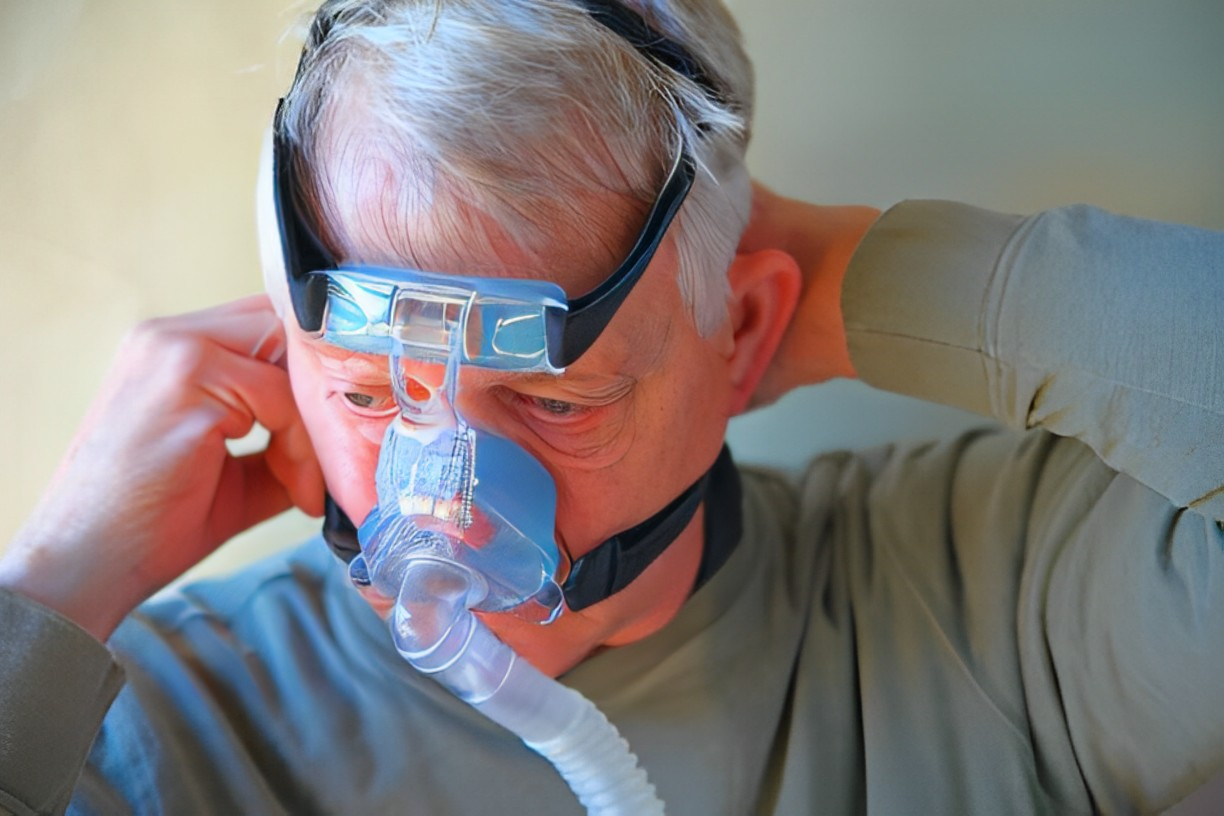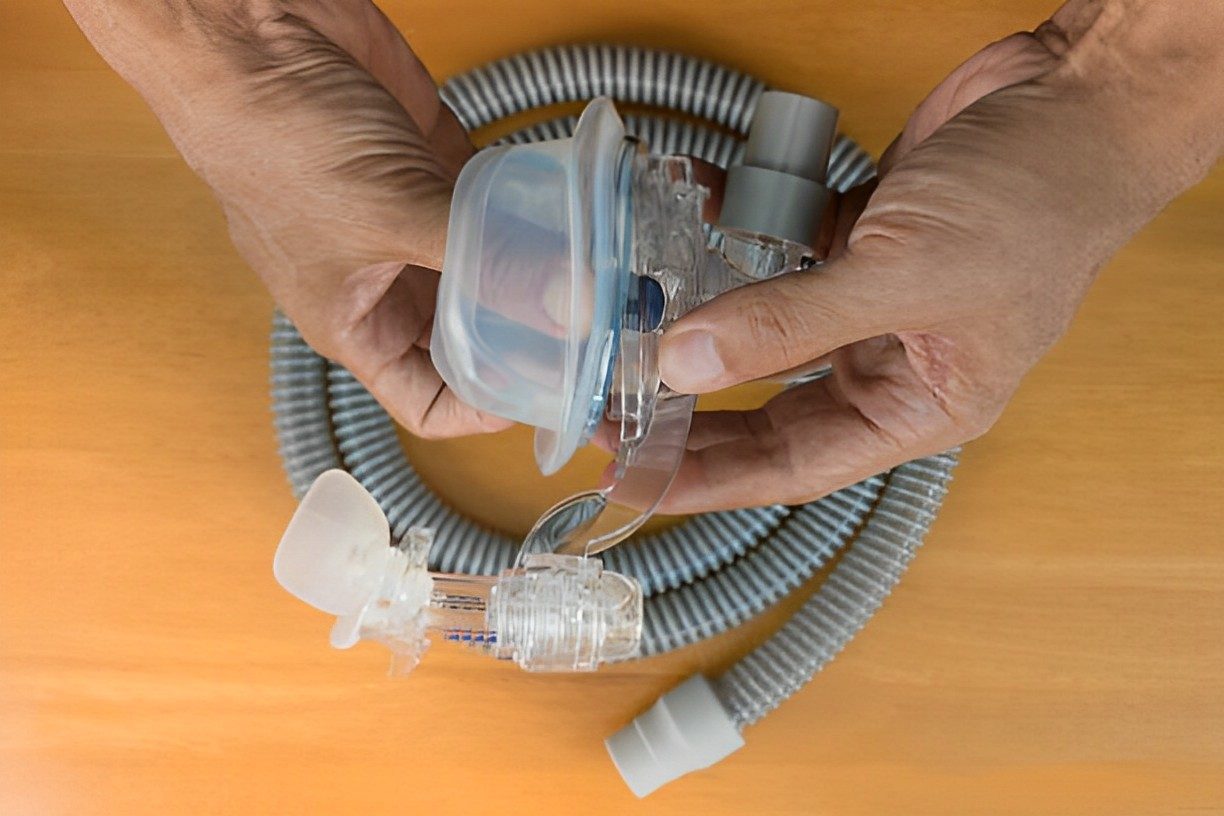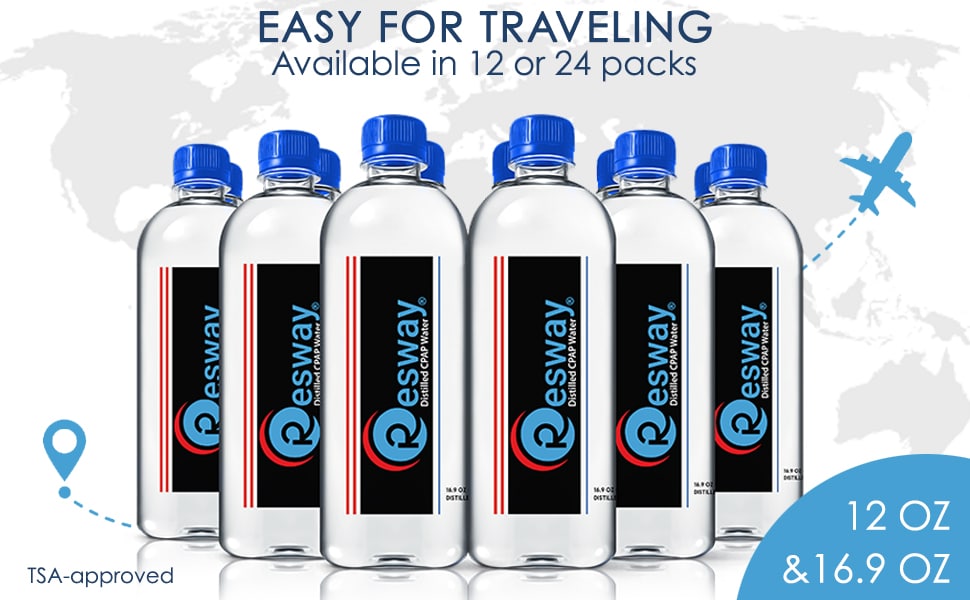Stuffy nose makes it difficult to breathe freely, especially when sleeping. This is particularly true for those with sleep apnea. Seasonal allergies and colds may cause a significant amount of mucus to form, worsening the problem and leaving you gasping for breath at night. Fortunately, there are methods for making the symptoms far more tolerable.
A modern CPAP machine claims to make daily life more pleasurable, and some models even have an integrated warmed-up humidifier. When you relax in bed, the warm air will help avoid dryness, and your nasal irritation and congestion will be significantly reduced.
Here are some insights on how to use a CPAP machine when suffering from stuffy nose. We also provide information on CPAP therapy and self-limiting respiratory conditions, reasons for taking a CPAP break and more.
CPAP Therapy And Self-Limiting Respiratory Conditions

A self-limiting respiratory ailment that impedes breathing prevents the CPAP from functioning efficiently. The CPAP machine is designed to deliver a stream of air and open up obstructions in the otherwise normally functioning lungs.
Infections in the upper respiratory tract, such as the usual cold or influenza, may make it more challenging to using CPAP. Similar to allergy symptoms, the nose may become clogged, swollen, and runny. A congested nose may make breathing difficult while using a nasal mask.
Mucus discharge may contaminate the CPAP mask, mainly if nasal cushions are used. According to studies, there is a danger of secondary infection if germs are allowed to grow and proliferate on a contaminated mask.
If you have a sore throat, airflow may also irritate your throat and induce coughing fits. Opening your mouth may increase the discomfort of entering pressure each time you cough.
Why Stuffy Nose Makes Breathing Using A CPAP Machine Difficult
A CPAP machine is ineffective if you have a respiratory disease that makes breathing difficult. The gadget is intended to supply a stream of air and clear blockages from lungs that otherwise function correctly. CPAP might be difficult to use if you have upper respiratory infections such as the common cold and flu symptoms.
This is the case because:
- A runny nose might make breathing difficult when wearing a nasal mask.
- The release of mucus might increase the danger of secondary infection by contaminating the CPAP mask.
- A blocked nose may cause mouth breathing, lowering the efficacy of CPAP users’ treatment using a nasal or pillow mask.
Reasons For Taking A CPAP Break
It is generally OK to stop using CPAP if you have a cold or stuffy nose. There will be no significant adverse effects from suddenly discontinuing treatment.
You may get lasting benefits from the therapy even after a few days have passed. This is because it will take time for the inflammation and edema of the upper airway tissues to return.
Among the many reasons you may want to consider a CPAP break:
- Ear pressure
- Ear pain
- Persistent stuffy nose
- Rhinorrhea (runny nose)
- Nosebleeds
- A sore throat2
- Coughing
- Shortness of breath
- Nausea and vomiting
If the respiratory symptoms are mild, continue to use the CPAP. CPAP alleviates minor stuffy nose since the air pressure helps remove mucus and expand nasal passages. The residue would subsequently be ingested while sleeping.
How To Utilize CPAP Therapy For Stuffy Nose

Proper Humidification
Most modern CPAP machines have a heated humidifier that provides little moisture to the air you breathe through your mask. For patient comfort, heated humidification is advised for most CPAP patients, particularly those in arid areas, over 65 years of age, or using medications that induce dry airways.
Consider Using Heated Tubing
Heated CPAP tubing maintains the warmth of the air as it flows from the heated humidifier to the mask and into the airway. Otherwise, the air loses heat and might significantly chill before reaching the airway. In addition, the air cooling might generate condensation in your tubing, resulting in a “rainout” or water accumulation in your mask.
Use A Full-Face CPAP Mask
When suffering from nasal chronic congestion due to a cold or allergies, many CPAP users may switch from a nasal pillow mask. The mouth and nostrils are concealed with a full-face mask.
Avoid Eye Discomfort
Fitting a mask correctly is crucial, yet all masks will still allow air to escape. The objective is to reduce air leakage and guarantee that the air does not irritate your eyes.
If you have a cold or stuffy nose, nighttime air blowing into your eyes might exacerbate dryness and discomfort throughout the day.
Before sleep, ophthalmologists suggest using thick artificial tears (gels and ointments, not thinner or less viscous teardrops) to prevent this from interfering with CPAP treatment.
It is essential to appropriately treat sleep apnea and any resultant eye discomfort; therefore, you should see a physician.
Use Antihistamines Or Allergy Medications
If your nose is stuffy, try nasal spray or saline spray (neti pot) to continue using a CPAP machine. They are affordable and effective and help relieve stuffy nose and discomfort.
You may also use selective or non selective antihistamines to treat allergy-related stuffy nose. There are other nasal steroids on the market that may be useful.
Maintain the Cleanliness
Keeping your CPAP equipment clean and fresh can help you breathe better. Suppose your congestion is caused by a cold. In that case, it will also help you recover from it more quickly by eliminating any viruses and bacteria that may have accumulated in the tubing and on the face mask.
Cleaning Your CPAP Machine

Cleaning the CPAP machine, face mask, tubing, and humidifier tank are essential during and after a cold.
Consider the following:
- Utilize dish soap and hot water to thoroughly wash everything.
- Allow the mask, tubing, and humidifier to soak for 20 to 30 minutes in a sink filled with soapy water.
- Rinse the equipment with water until all traces of soap have been eliminated.
- Allow the garment to dry air while hung.
- Replace your CPAP filtration.
When using CPAP, it is unlikely that you would re-infect yourself with a cold or influenza virus. In most circumstances, a CPAP sanitizer is unneeded.
However, unclean CPAP equipment may induce illnesses unrelated to the common cold or influenza. This is particularly true for bacterial infections such as acute bacterial rhinosinusitis and bacterial pneumonia in immunocompromised sleep apnea patients.
Related Article: Best Ways To Clean Your CPAP Machine
Takeaway
Using your CPAP machine may aid in the management of sleep apnea. However, breathing through the mask may be difficult if you have a stuffy nose. Remember the recommendations mentioned above the next time you have a blocked nose and are about to go to bed with your CPAP mask on!
To learn more about managing CPAP therapy with a stuffy nose and keeping your CPAP machine clean, we recommend visiting reliable resources like CPAPwater. These websites provide comprehensive information on sleep therapy solutions, helping you maintain consistent therapy and improve your sleep quality.




